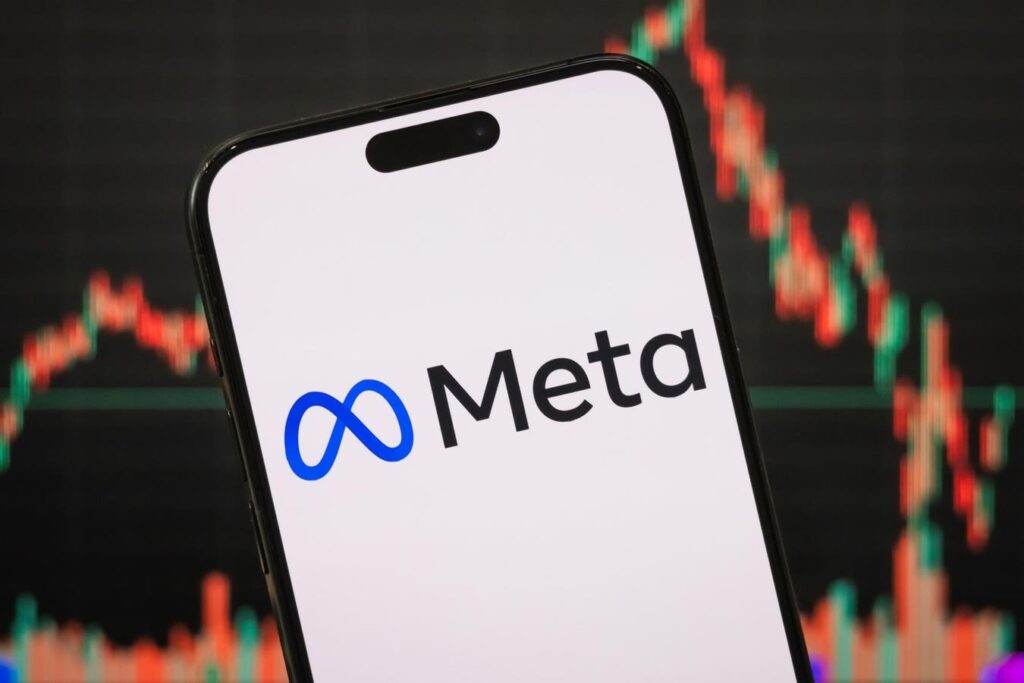If you still think of Meta (NASDAQ:META) as “just the Facebook company,” you’re missing the real story – a story written in billion-dollar deals, aggressive digital land-grabs, and a playbook of strategic domination that would make even the most ruthless CEOs blush. Over the past decade, four critical acquisitions didn’t just help Meta survive – they catapulted it into an empire. As an aside, for more Meta see Zuckerberg vs Musk: Who Lost More Wealth In 2025?
Investors tend to be skeptical about acquisitions – but they aren’t all bad, as Meta has shown. When done right, they have a purpose. They help expand, create moats, and in some cases, cripple the competition. Identifying such competitive advantages (or disadvantages) from acquisitions is one of the lenses we apply in High-Quality portfolio, which has outperformed the S&P 500 and achieved returns greater than 91% since inception.
Let’s break down the four game-changers that made Meta the beast it is today.
1. Instagram – The $1 Billion Steal (2012)
Imagine buying a scrappy photo-sharing app with few million users and turning it into a massive business. That’s exactly what Meta (then Facebook) did when it scooped up Instagram for what now looks like a “modest” $1 billion in 2012.
Fast forward to 2025 and Instagram’s share of Meta’s revenue could exceed 50% in 2025. Yes, you read that right! That would mean nearly $80-90 billion in revenue from Instagram ads. Assuming net margin of 30% (Meta overall has 35%+) and a modest PE multiple of 20x, Instagram alone is worth $500 billion. That’s bigger than most S&P 500 cash rich giants!
2. WhatsApp – The $19 Billion Bet on Global Domination (2014)
$19 billion sounded insane at the time. But Meta wasn’t buying WhatsApp for its revenues – it was buying scale, reach and relevance in every corner of the globe.
WhatsApp has nearly 3 billion monthly unique users. While it is far from Instagram-level monetization, WhatsApp is positioning itself as Meta’s “super app” for payments, e-commerce, and business messaging. There are estimates of “business messaging” itself having revenue potential of $30-$40 billion.
India is home to the largest WhatsApp user base of nearly 500 million. The government of India removed 100 million user cap for WhatsApp Pay at the end of 2024 – opening the digital payment market to more competition, which is currently dominated by Google Pay and PhonPe.
3. Oculus – The $2 Billion Leap Into the Metaverse (2014)
When Meta acquired Oculus VR in 2014, people thought Zuckerberg had lost his mind. (VR headsets? Really?) But Oculus wasn’t just a tech toy – it was the first brick in Zuckerberg’s ambitious vision for the “metaverse,” a concept Meta has been pouring over $10 billion per year into developing.
Oculus, now rebranded as Meta Quest, dominates the consumer VR market – with over 70% unit market share globally. While still a small fraction of Meta’s total revenue, the growth of the VR market is explosive. According to IDC, the global AR/VR headset unit sales could more than triple by 2028.
4. CTRL-Labs – The $1 Billion Brain-Computer Interface Play (2019)
If Instagram was about photos, and WhatsApp about messages, CTRL-Labs was about the future of how we even interact with technology. Meta quietly picked up this brain-computer interface startup for a rumored $500 million to $1 billion, and it could end up being one of its most profound investments.
CTRL-Labs’ technology is still in the experimental stage, but it’s part of Meta’s larger vision for the metaverse and augmented reality. Meta has integrated CTRL-Labs into its Reality Labs division, where it’s exploring how brain-computer interfaces could revolutionize VR/AR interaction and eventually lead to neural-driven devices.
As Meta continues to invest in CTRL-Labs’ neural interface technology, the integration of this system into VR headsets and AR glasses could redefine user interaction.
The Bottom Line
When people criticize Meta for its massive spending sprees, they miss the forest for the trees. These four deals – Instagram, WhatsApp, Oculus, and CTRL-Labs – aren’t just acquisitions. They’re foundations. Each one secured Meta’s dominance in a critical arena: social media, global communications, virtual reality, and human-machine interaction.
Does it make you want to buy and hold on to Meta stock? Well that wouldn’t be the worst idea. But here is the thing – going all-in in a single stock – no matter how good – is a recipe for disaster. Trefis High Quality (HQ) Portfolio is designed to diversify stock-specific while providing exposure to the upside. With a collection of 30 stocks, it has a track record of comfortably outperforming the S&P 500 over the last 4-year period. Why is that? As a group, HQ Portfolio stocks provided better returns with less risk versus the benchmark index; less of a roller-coaster ride as evident in HQ Portfolio performance metrics.
Read the full article here

